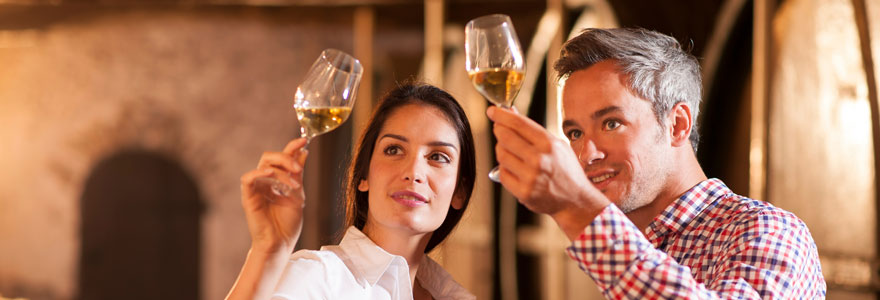
Lees are natural by-products of autolysis, the self-destruction of yeast cells by enzymes formed from fermentation. They are sediments from a liquor during aging. These sediments are found in all wine brands, including B&G wine, the oldest and most common brand in France.
Lees contact is becoming increasingly popular in modern winemaking. Even French wine is made by using lees. That, therefore, means it is not a harmful substance. Lees contact is where the newly fermented drink is left in contact with the lees. This can take place at various contact points of the winemaking process. It can occur in large tanks used for fermentation or even in bottles.
Are there Different Types of Lees?
The sediments formed from sedimentation have no harmful health effects. They are of two kinds. Gross lees is a mixture of dead yeast, grape skins, seed stems and tartrates. On the other hand, fine lees are mostly made of dead yeast cells that continuously settle on the bottom of a fermentation vessel.Gross lees usually fall at the bottom of a bottle when left undisturbed and are usually filtered out. Fine lees usually settle at a slower rate. They are more commonly left in drink than gross lees, although some producers prefer filtering them out too.
What do lees taste like?
As the yeast cells start to break down during autolysis, they release tiny amounts of sugars and amino acids. The presence of these compounds is sensed during wine tasting as a textural weightiness in the drink. White and sparkling brands aged on the lees are usually described as richer and have flavour complexity.Besides the added textural creaminess, the release of fatty acids generated from the breakdown of the yeast cell wall adds to the aromas. Good aromas can be a major factor that can contribute to attracting more customers to consume the drink.
Sparkling brand aged for a long time on the lees will have increased flavours of sweet, nutty aromas. White brand will also have increased yeast-like flavours that are similar to that of sparkling brand.
Roles of lees in wine production
Lees has no negative health effect on human beings. Therefore, drinks are aged using lees for the following reasons.
Increase aromas in wine
Sweet aromas can contribute to many consumers taking a certain brand of the drink. It helps increase the aromas of different tastes depending on the type aged.
It makes the wine creamier
Aging with lees makes drinks add more textural weight, and there does not become more liquid. This makes it more enjoyable for consumers.
Add the complexity of flavor
Lees add tastes that are sweet but not common when used in aging. Most consumers prefer unique tastes and, therefore, will help attract more of them.
How long are wines aged on Lees?
The duration of aging on lees varies depending on the brand. The duration of aging on lees independently influences the aroma composition of traditional sparkling brand. Aging is not a short-time process. It is a common practice for most brands of the drink.
Today, many other white brands, even aromatic , spend between three to six months on the lees. This is to enhance the structure, mouthfeel and complexity of the drink.
After about 14 months on the lees, the drink develops toasty, biscuit and bready aromas known as autolytic aromas.